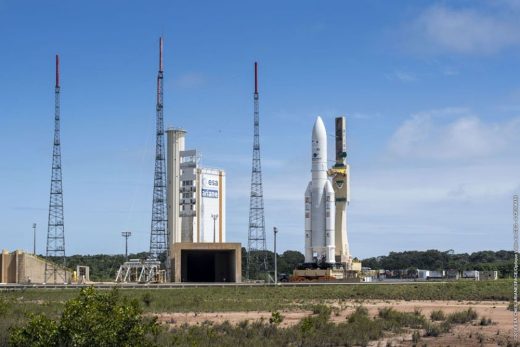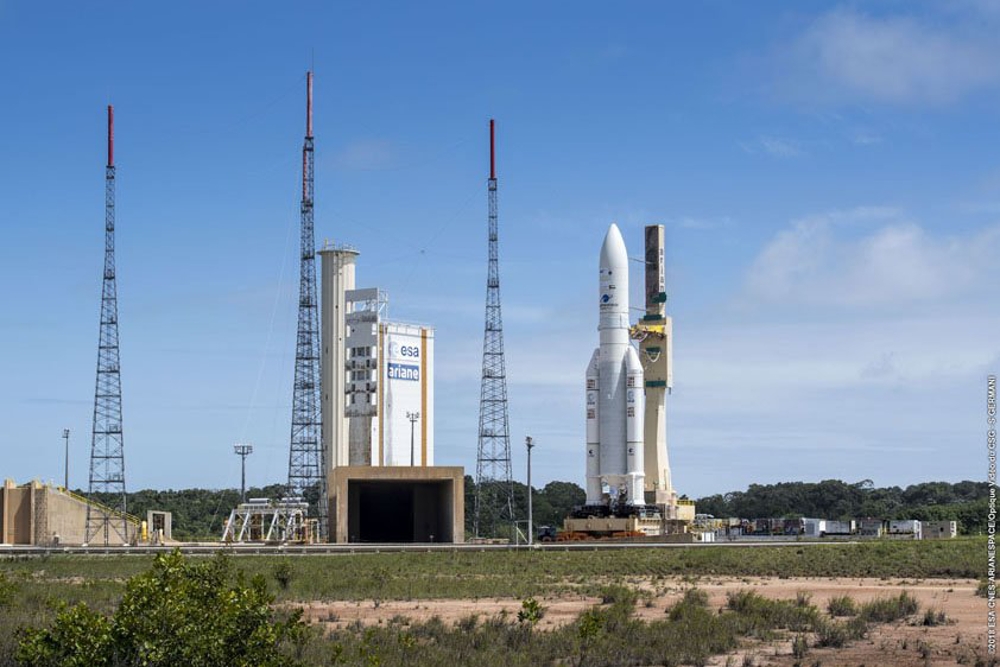Ariane 5 ferried NASA instrument to orbit despite launch scare
The fate of Arianespace’s latest launch was in limbo for over an hour after the company detected an anomaly. Ariane 5 lost contact with its ground controllers around nine minutes after liftoff, and Arianespace chief Stephane Israel had to issue an apology with the promise to get to the bottom of what happened. Thankfully, things turned out just fine: its payload communications satellites, the SES 14 and the Al Yah 3, have successfully made it to orbit and resumed communication with their operators. That’s great news for NASA too, because it had a science instrument piggybacked on the SES 14 — the first time one of its science missions flew as a “hosted payload,” a term used for a module attached to a commercial satellite.
NASA’s Global-scale Observations of the Limb and Disk (GOLD) is a microwave-sized instrument designed to investigate the boundary between space and Earth’s upper atmosphere. The data it will send back from geostationary orbit about 22,000 miles away will help us better understand the boundary’s role in terrestrial and space weather. Elsayed Talaat, NASA’s heliophysics chief scientist, explained that “being on hosted commercial satellites gives… NASA a new cost-effective tool in [its] toolbox for doing science.”
While the space agency expects to continue building its own satellites for launch, being able to prove that going the hosted payload route works means its science programs now have more options to choose from. And that’s definitely a good thing, seeing as the agency is always the target of budget cuts. The fact that Ariane 5 also completed its mission despite the launch scare is also a good thing for Arianespace, since its rocket is scheduled to launch the James Webb Space Telescope in 2019.
Instant replay! Watch tonight’s flawless #Ariane5 liftoff from the Spaceport in French Guiana, which commenced #Arianespace‘s year-opening flight at the service of @SES_Satellites and @yahsatofficial. #VA241 #MissiontoSuccess pic.twitter.com/FOLv5ZtJVm
— Stéphane Israël (@arianespaceceo) January 25, 2018
(19)




